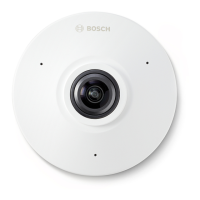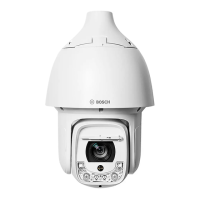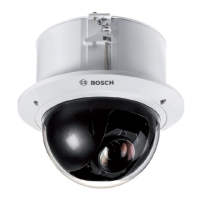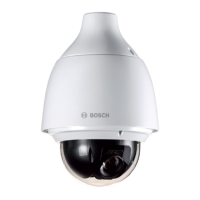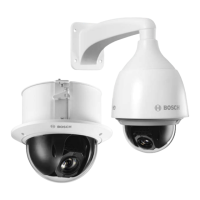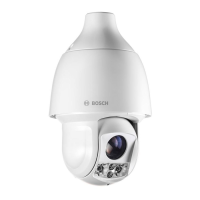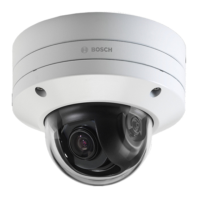What to do if I cannot connect to my Bosch Security Camera in the Web browser?
- KKatie MercerJul 28, 2025
If you're unable to connect to your Bosch Security Camera using a web browser, reboot the unit. You can do this by typing the IP address in the web browser followed by /reset (without punctuation) and pressing Enter. Alternatively, in Configuration Manager, right-click the IP address and select Restart.
